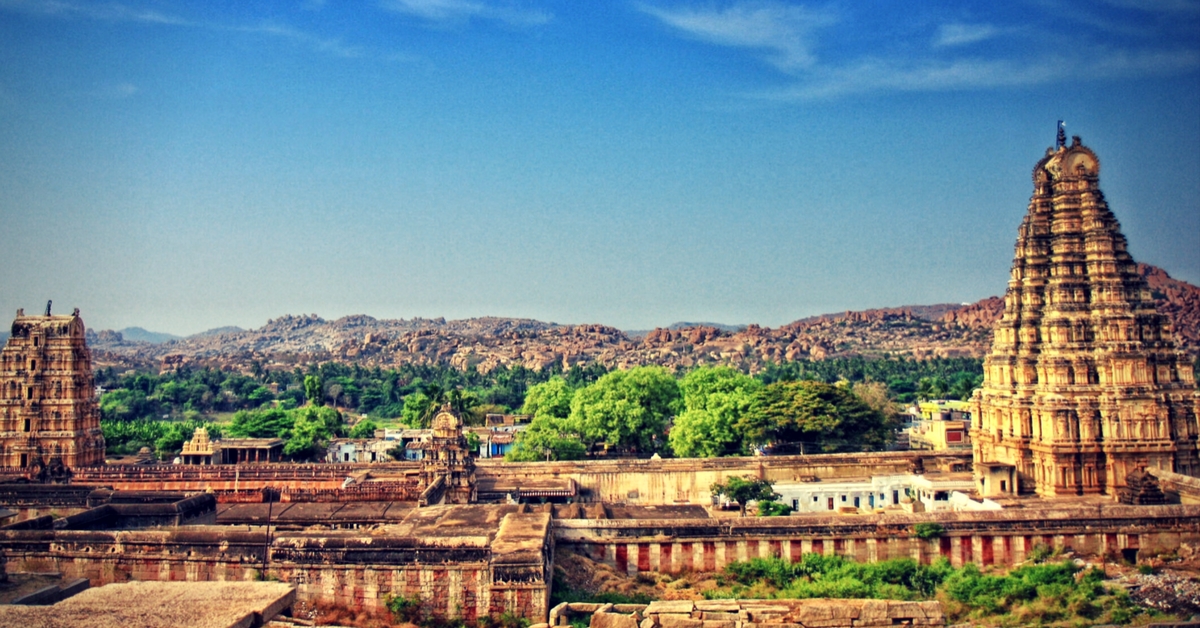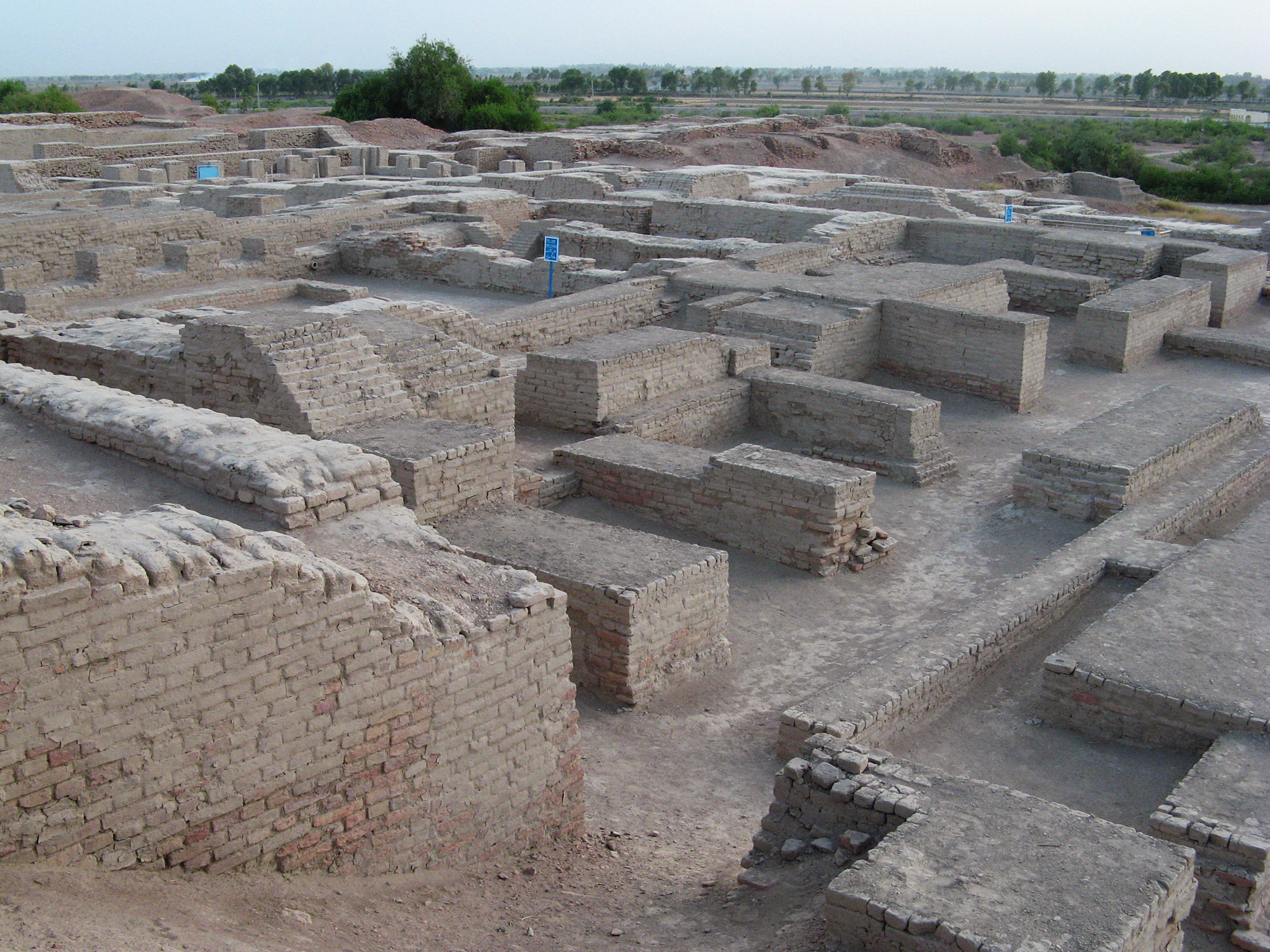How 36 Sites in India Have Transcended Borders Through UNESCO World Heritage Tags
The world might be divided into nations and borders, but the World Heritage tag brings them together.

No, this is not a WhatsApp hoax message.
The age-old Mumbai vs Delhi fight recently took a new turn, as Ahmedabad defeated both cities to become the first Indian city to be recognized as the UNESCO World Heritage City. The World Heritage Committee, which decides the status of the nominated sites and cities, had its 41st meeting in Krakow, Poland, where Ahmedabad was declared as one among the 287 Heritage Cities across the world, joining the ranks of cities like Edinburgh, Vienna and Paris.
But, how does the ‘Heritage City’ tag benefit a city? What special treatment does a city get under this tag, and how is this treatment different from the conservation efforts of the Archaeological Survey of India (ASI)?
The world might be divided by nations and borders, but it is important to remember that these are man-made. Our history as human beings is not limited by geographical constraints, but stretches in all directions – even to the outer space. Our cultural monuments and structures are remnants of our past, while they also hint at the trajectory of our future. So are the natural world heritage sites like Amazon Forests and the Western Ghats. How can any single nation claim ownership over them?
Countries of the world discovered this truth when they were faced with the loss of cultural treasures of ancient Egypt and ancient Nubia along the Nile Valley during the construction of Aswan Dam in Egypt in 1954. In what remains a great example of international co-operation, UNESCO managed to save them as nations of the world rallied together to help.
This further led to more conservation and excavation efforts in the future, including Mohenjodaro in Sindh, an important site of Indus Valley Civilization.

All the informal efforts of countries were concreted only in 1972, when the ‘Convention Concerning the Protection of the World Cultural and Natural Heritage’ was adopted by UNESCO and eventually ratified by 193 member states. The signatories to this convention have an international obligation to protect these Heritage Sites that must be of an ‘outstanding universal value’ and meet one of the ten criteria. These criteria range from the site’s ability to ‘represent a masterpiece of human creative genius’ or bear an ‘exceptional testimony to a cultural tradition or to a civilization which is living or which has disappeared’ to ‘contain superlative natural phenomena or areas of exceptional natural beauty and aesthetic importance’.
India on the whole has 36 World Heritage Sites within its borders, with the 6th most number of World Heritage Sites, preceded by Germany (42) France (43),Spain (46),China (52), and finally Italy (53). From mosques, churches, temples to national parks and even ruined cities and empires, India’s 36 sites represents the nation’s diversity, which fortunately can still be witnessed, and its unbroken cultural history, which is unparalleled.
Apart from these 36 sites, there are multiple sites of cultural and natural importance which are found in the tentative list as per the convention.
Only from this tentative list can a site be chosen to be nominated for the World Heritage Site status.

While we do have ASI for conservation and preservation of cultural monuments in the country, it is grossly inadequate. Working under the provisions of the AMASR Act, 1958, ASI has numerous problems of its own. According to reports of the 91st parliamentary standing committee chaired by Nilotpal Basu (2005) and the 107th committee chaired by Sitaram Yechury (2006), the ASI is suffering with lack of manpower and functioning without a head. In fact, one of the recommendations of the committee was to make it a “scientific and autonomous institution.” ASI is no doubt integral to our cultural chronicling, as sites and monuments can end up in a tentative list only after being recognised by ASI. Despite all the recommendation, the status of ASI still leaves lot of room for improvement.
Additionally, ASI cannot compete with the amount of funds that a World Heritage Site status can generate. This has other perks too, like that of global unity and solidarity. Since the signatories financially contribute to the conservation of world monuments as a whole, sites like Hampi are not only India’s, but also belong to the world. Similarly, we Indians too can take pride in the city of Verona or Machu Picchu, because of the sense of solidarity as well as belonging the World Heritage Sites evoke.
Apart from the obvious sense of global belonging, the recognition of World Heritage Site has tangible effects like increase in tourism, which can be increasingly beneficial to developing countries. It can now become eligible to receive grants for preservation and maintenance of sites. In addition, they become protected in times of war, as per article 52 of Geneva Convention. However, the argument criticizing too much tourism is also important to be considered.
Yet, a World Heritage status can summon so much more than financial assistance and increased tourism. In times of despair, a global sense of belonging, especially concerning natural and cultural heritage, can be extremely comforting. For that at least, we can eagerly await the next entrants to the World Heritage list.
Like this story? Or have something to share?
Write to us: [email protected]
Connect with us on Facebook and Twitter.
NEW: Click here to get positive news on WhatsApp!

Similar Story

‘All For My Dad’s Memory’: This Hero Has Grown 12 Food Forests In The Heart of Mumbai
A tree lover since the age of 9, George Remedios quit his advertising job and founded ‘The Turning Tide’ to increase the forest cover in Mumbai. So far, he has planted 12 food forests with edible fruits and encourages people to grow their own food, even in limited spaces.
Read more >
If you found our stories insightful, informative, or even just enjoyable, we invite you to consider making a voluntary payment to support the work we do at The Better India. Your contribution helps us continue producing quality content that educates, inspires, and drives positive change.
Choose one of the payment options below for your contribution-
By paying for the stories you value, you directly contribute to sustaining our efforts focused on making a difference in the world. Together, let's ensure that impactful stories continue to be told and shared, enriching lives and communities alike.
Thank you for your support. Here are some frequently asked questions you might find helpful to know why you are contributing?


This story made me
-
97
-
121
-
89
-
167












